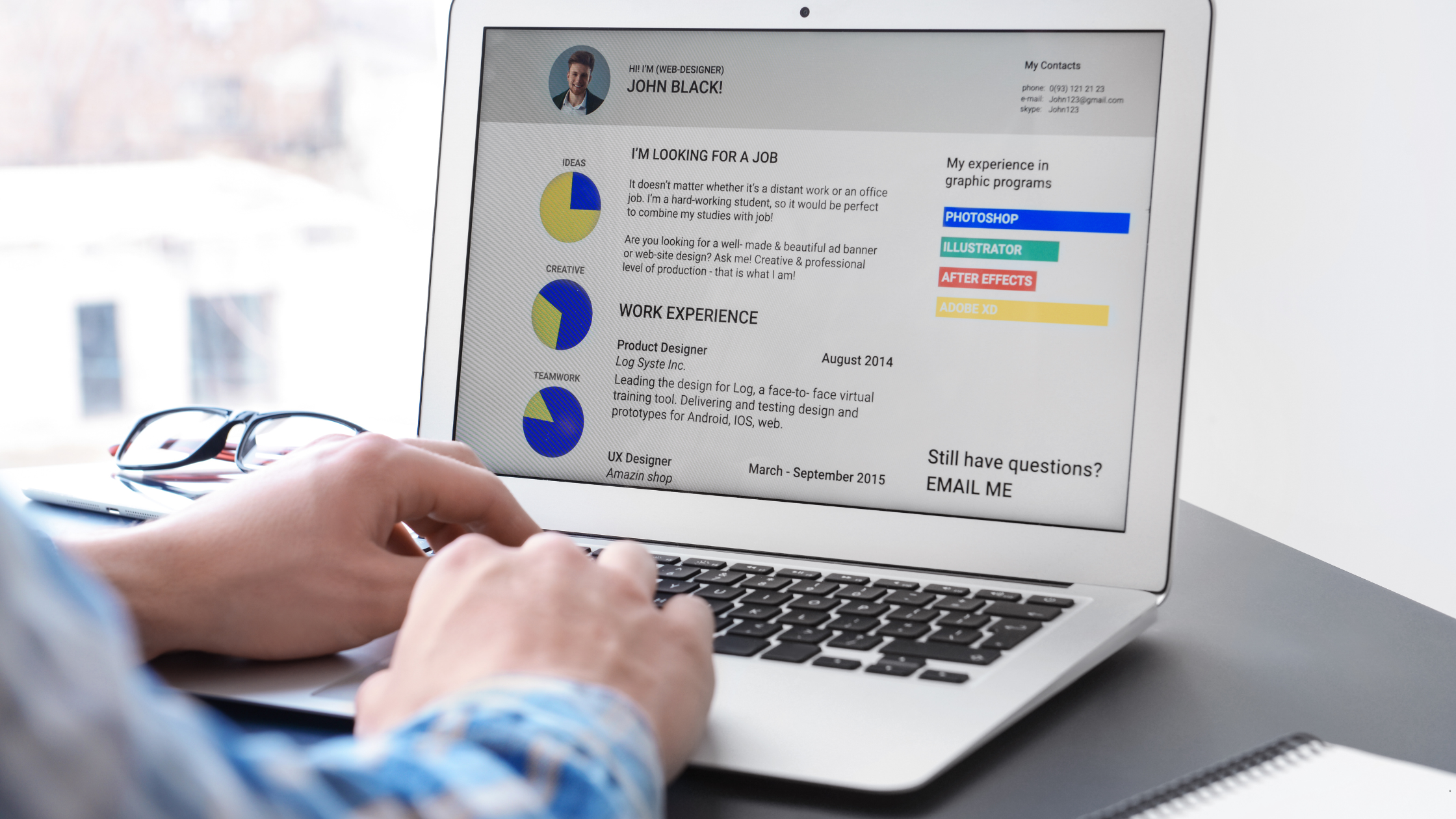If you’ve ever sent out dozens of resumes and heard nothing back, there’s a good chance it wasn’t a recruiter ignoring you; it was software. Most companies now use an Applicant Tracking System (ATS) to scan and filter resumes before a human ever sees them. In 2025, these tools will be even smarter, which means if your resume isn’t ATS-friendly, it might never make it past the first round.
The good news? Creating an ATS-friendly resume doesn’t mean stripping away all personality. It’s about using a simple format, clear headings, and the right keywords so both the system and the recruiter can understand your experience. In this guide, we’ll break it down step-by-step, starting with your resume’s layout and style.
1. Use a Clean, Simple Format
When it comes to ATS, less really is more. These systems don’t read resumes the way we do; they follow patterns. If your design is too complex, you risk confusing the software and losing key details.
Stick with a reverse chronological layout (latest job first) because it’s the easiest for ATS to scan and for recruiters to follow. Avoid tables, headers, graphics, or text boxes; they might look great to you, but an ATS can’t always process them correctly (here’s why).
Choose safe fonts like Arial, Calibri, or Times New Roman in 10–12 pt size. Fancy fonts or odd sizes can get scrambled during parsing. Think of it like writing a clear message for a robot to read; the simpler and cleaner, the better.
2. Label Sections Clearly & Stick to Standard Headings
An ATS doesn’t “guess” what you mean. If you use creative headings like “My Journey” instead of “Work Experience,” the system might not recognise it. Always stick to standard section titles like Work Experience, Education, and Skills.
This way, the ATS knows exactly where to find and store your information. It also helps recruiters who might be scanning hundreds of resumes in one sitting. Clear labels save them time, and that’s always a good thing for you.
3. Incorporate Relevant Keywords Naturally
ATS software is basically a keyword scanner. It matches the words in your resume to the words in the job description. If there’s a good match, you move forward. If not, your resume might get ignored, even if you’re a perfect fit.
Start by reading the job posting carefully and picking out repeated skills, qualifications, and industry terms. Then, weave those keywords naturally into your summary, skills section, and bullet points. For example, if the ad says “project management” five times, make sure that exact phrase appears in your resume, assuming you actually have that skill.
Don’t overdo it, though. Keyword stuffing makes your resume sound robotic and could backfire if a recruiter thinks you’re trying to cheat the system. The goal is balance: enough keywords to pass the ATS filter, but still clear and natural for human eyes.
4. Choose the Right File Format
You could write the most perfectly optimised resume, but if you save it in the wrong format, it might never get read. Many ATS systems prefer .docx or plain PDFs, but always check the job posting first.
If the employer asks for a Word document, send a Word document. If they request PDF, send a PDF, but make sure it’s created from a text-based file, not a scanned image. A scanned resume is just a picture, and the ATS can’t “read” it (here’s why).
5. Validate & Refine With ATS Tools
Before you hit “send,” test your resume with an ATS checker like Jobscan to see how well it matches the job description. Tools like this can highlight missing keywords, formatting issues, and sections that could be stronger.
You can also explore ATS-aware builders like Kickresume, Resume.io, or Zety if you want templates that are already designed with these systems in mind. This is especially helpful if you’re applying to large companies that get hundreds of applications a day.
Best Practices
An ATS-friendly resume in 2025 isn’t about beating the system; it’s about working with it. Use a clean layout, stick to standard headings, weave in relevant keywords, choose the right file type, and run a quick ATS test before submitting.
The main thing? Keep it simple, clear, and tailored for each job you apply to. When both the robot and the recruiter can easily read your resume, your chances of getting that interview go way up.






